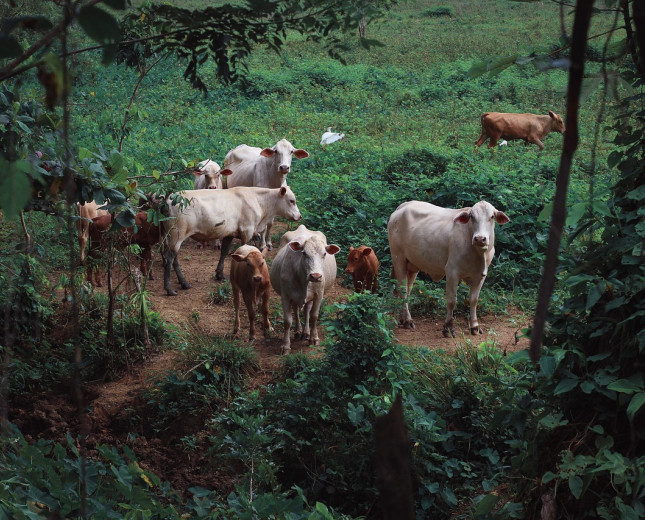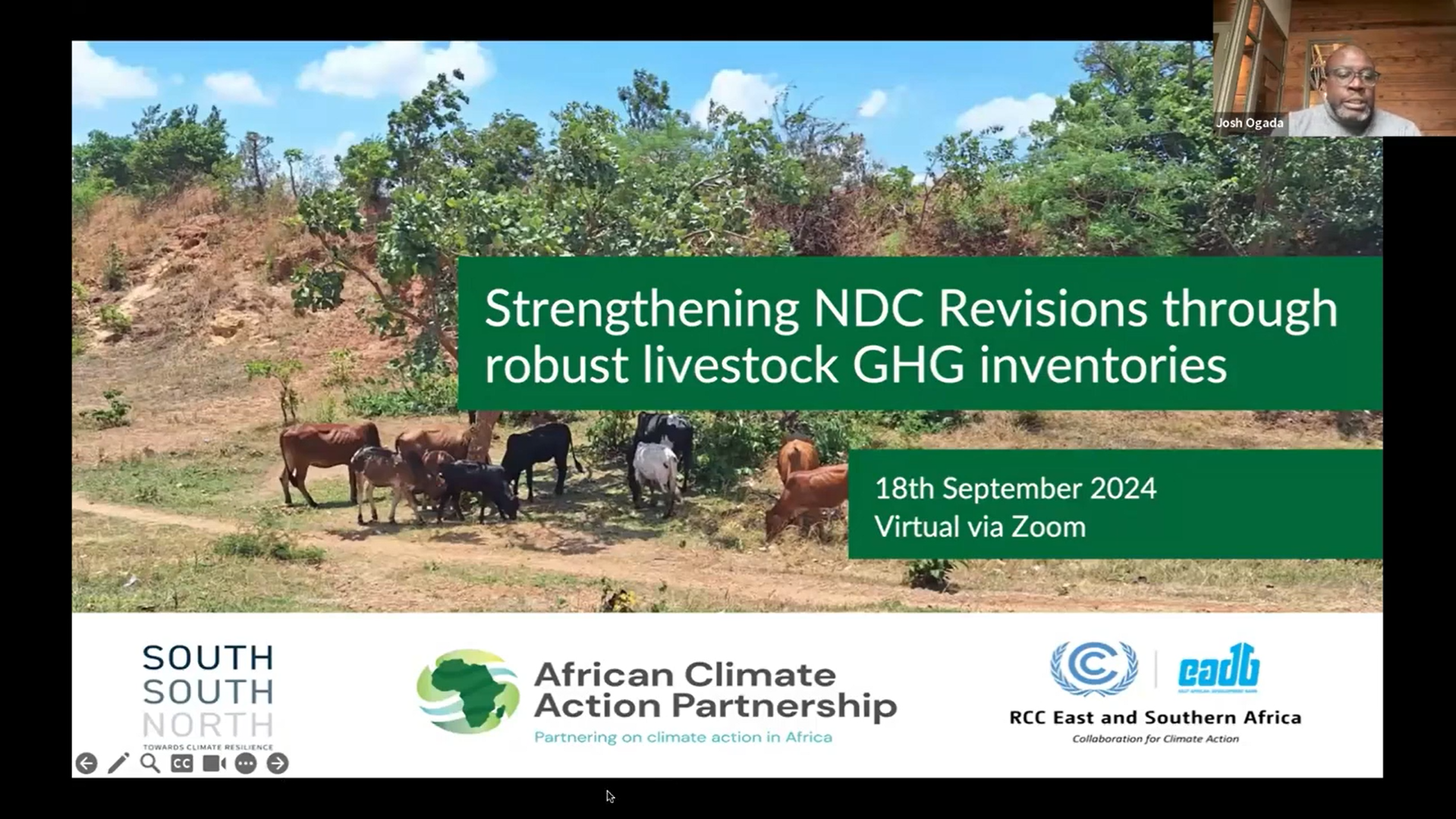Background
A critical area for improvement in NDC commitments, is strengthening national greenhouse gas (GHG) inventories. In particular, moving from tier 1 to tier 2 inventories is critical in giving a more accurate representation of key emitting sectors in countries. For Africa, whose economies are largely reliant on agriculture, improving agricultural inventories is critical not only for defining mitigation targets but ensuring that climate ambitions are aligned with broader food security targets.
Currently several gaps exist in terms of Agricultural inventories in Africa which may limit the ability to set robust targets. The lack of comprehensive and reliable data on agricultural practices, land use, and emissions often means emissions estimates may rely on broad, default values rather than specific, accurate measurements. Further, the limited technical expertise to develop and manage inventories, limited resources to invest in inventory systems and weak institutional frameworks are some of the key challenges facing African countries.
Prioritising improvements in inventories presents various opportunities to support NDC commitments. Firstly the improved accuracy of tier 2 inventories mean more robust climate targets can be set with enhanced reporting and monitoring systems. Secondly, inventories provide valuable insights in terms of how different farming practices influence emissions which can be used to define relevant and concrete actions for mitigation and adaptation.
In this context, the UN Climate Change Regional Collaboration Centre for East and Southern Africa and Africa Climate Action Partnership (AfCAP) have organized the webinar to provide (a) an overview of the process and necessary steps for developing tier 2 inventories and (b) tips on how to translate these into NDC targets.
Webinar Objectives
The webinar targeted Party and non-Party stakeholders interested in the livestock sector and sought to:
- Provide an overview of the process of developing tier 2 inventories;
- Share experiences of challenges and limitations in developing inventories;
- Explore pathways for more robust and concrete NDC targets; and
- Highlight opportunities to mobilize resources to strengthen GHG inventories.
Event outcomes
The event targeted AFOLU sector experts involved in the NDCs including governments, development partners, famers, research institutions, value chain players in livestock sector, civil society and other non-state actors.
To improve the sector some key fundamentals were highlighted:
- Effective coordination in the sectors and across sectors with clear mandates
- Addressing systemic barriers especially low awareness across sectors especially on the opportunities that are available
- Capacity Building for data collection across all relevant players in the Livestock value chain
- Strengthening institutional arrangements including identifying sector champions
- Prioritization of the sector in the development plans and strategies
- Integration of livestock with other related climate action plans and strategies.
It was also noted that livestock plays an important part in the continent contributing about 57% of Agriculture GHGs in Africa. Despite it being a key category in the continent, only 6 countries included it in their NDCs. Therefore, there is potential to increase ambition for NDCs from African countries when data issues are addressed making it possible improve on the next round of NDCs.
Watch the event again
Credit: UN Climate Change
Insights from Zimbabwe
Dr. Walter Svinurai, from the University of Zimbabwe presented on the Tier 2 inventory concept, which provides a detailed classification of animals based on management practices and productivity metrics. These metrics include factors such as growth rate, milk production, and reproduction rates. He emphasized the importance of improving livestock GHG emission estimation to improve milk and meat productivity while reducing livestock emission intensity.
Dr. Svinurai outlined six key steps for transitioning to a Tier 2 livestock sector inventory:
- Identifying key source categories for GHG inventory in the country
- Setting up institutional arrangements
- Requesting and collecting animal population and performance data
- Analyzing data quality and filling data gaps
- Compiling GHG inventory and documenting all data sources
- Assessing any uncertainties and suggesting improvements for the next inventory cycle
For Zimbabwe, Dr. Svinurai stressed that institutional arrangements and stakeholder mapping was important for the country's migration to Tier 2. He confirmed that Zimbabwe will include livestock in its mitigation strategies for NDC 3.0, to be submitted in 2025.
Insights from Kenya
Mr. Bernad Komoro from the Kenya State Department of Livestock Development shared his country's experiences and challenges with GHG inventories for the livestock sector. He noted that livestock accounts for 25% of Kenya's methane emissions, with ruminants responsible for 90% of the livestock sector's emissions. The main challenges include:
- Insufficient investment in the sector, particularly for small holder farmers
- Limited stakeholder awareness, hindering sector integration into NDCs
- Lack of disaggregated data
To improve the sector, Mr. Komoro proposed the following steps:
- Enhancing coordination within and across sectors with clear mandates
- Addressing systemic barriers especially low awareness of mitigation opportunities
- Capacity building for data collection across all relevant players in the livestock value chain
- Strengthening institutional arrangements, including identifying sector champions
- Prioritizing the sector in the development plans and strategies
- Integrating livestock in key climate action plans and strategies

